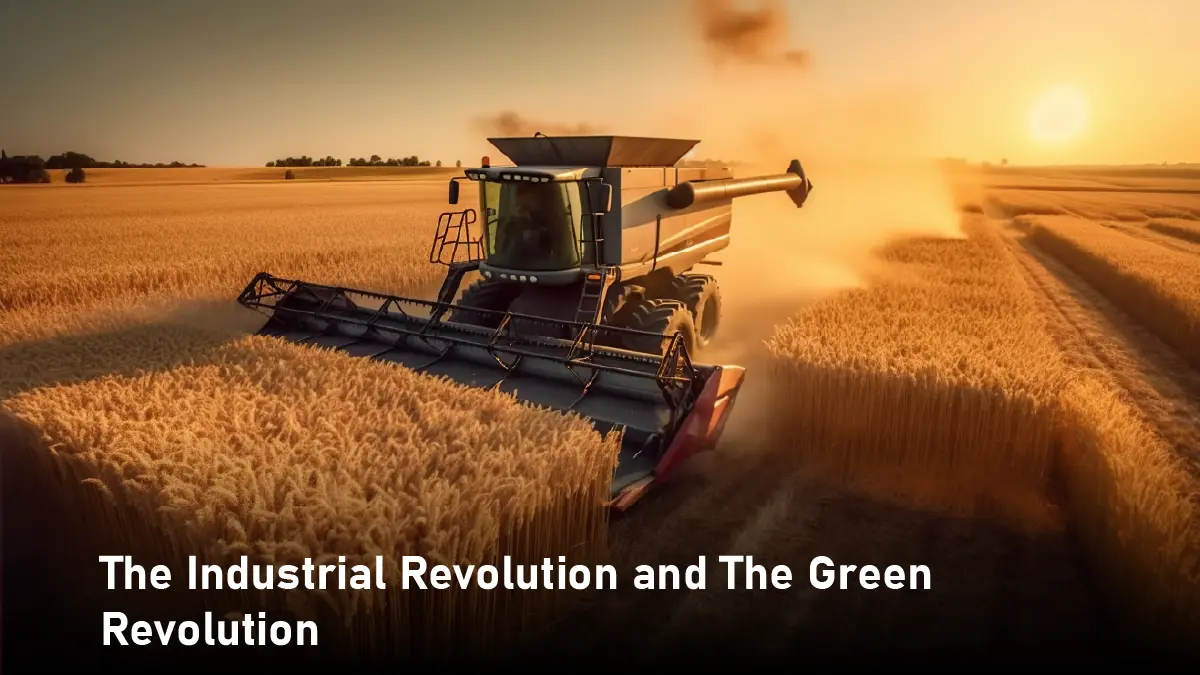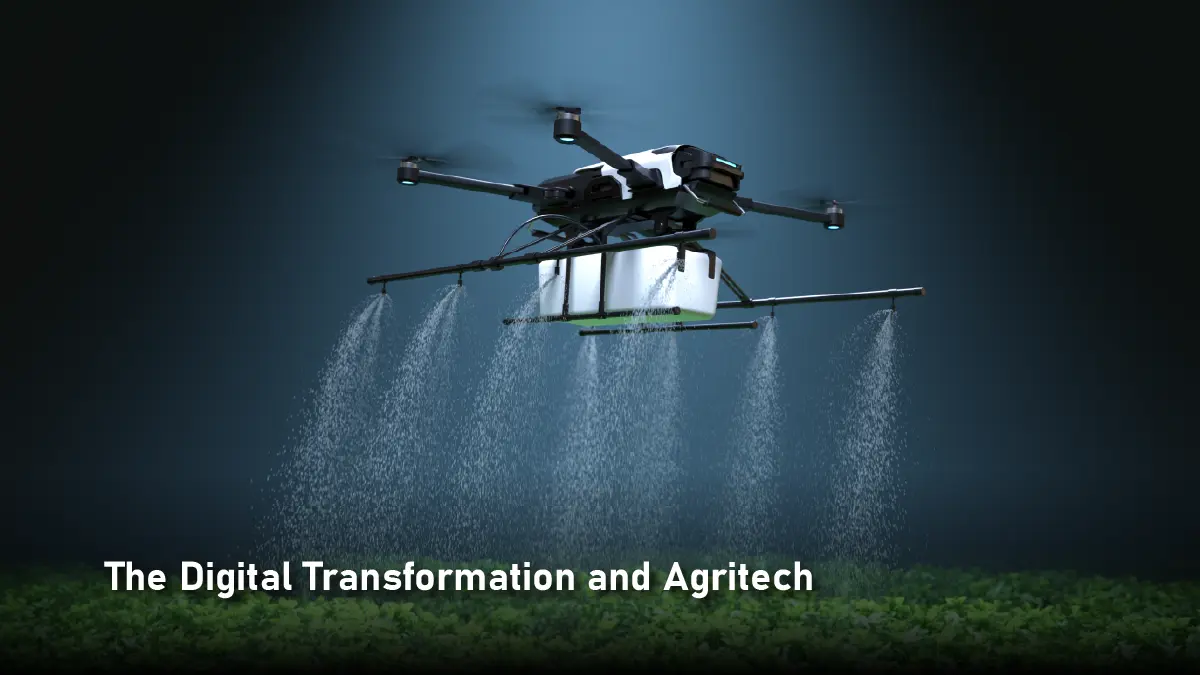Farming is everything that man has ever built his society on. Civilization cannot exist without it. With hunting and gathering, it was always adapting. Generation after generation had to find ways of producing more food from less land as fewer disasters would encroach upon the harvest.
That’s where agricultural science comes in. It’s the brains behind farming. Like agronomy, soil science, and plant pathology, all these courses share the common purpose of studying crop production, soil behavior, and the prevention of pest and disease outbreaks in favor of a season. Until this science came into being, farmers would be merely guessing.
The evolution is obvious. We started with muscle power, observation, and a lot of luck. With the arrival of machines, chemicals, and better seeds, GPS, satellites, AI, and gene-edited crops arrived right on the heels of them. Along the way, each time another phase of the cycle has essentially brought one thing to realization: feeding a few more people, efficiently, with a little more wisdom as to using resources, and making farming more dependable.
The article looks at three phases of this journey: The Foundational Era, the Industrial and Green Revolution, and the Digital Transformation with agritech. If trends hold, global agricultural and fish commodity output could grow about 14 percent by 2034.
The Foundational Era
Farming has always been a pain. People threw seeds in the dirt and hoped for food. Sometimes it grew. Sometimes it didn’t. Rain could ruin everything. Too little and the soil cracked. Pests and disease could wipe out months of work. There were no guides, no teachers. You learned by doing and by failing. Every mistake was a lesson.
Over time, people got smarter. Rotate crops so the soil does not die. Breed stronger plants and animals so you get something out of it. Dig canals to bring water to dry fields. Plow with oxen or your own hands. It was hard and slow, but it worked. Families shared what they learned. Neighbors shared too. Survival depended on paying attention.
Also Read: Energy Digitalization: How Smart Technologies Are Powering the Future of Energy
Then curiosity kicked in. Why does this field work and that one fail? Why do some seeds prosper and others simply fade away? Soil scientists like Justus von Liebig observed that nutrients governed their situation. Early genetics proved that conditions could be controlled for better growth of crops. Universities and extension programs started sharing this information with farmers. That is the start of agricultural science.
Even with these lessons, farming had so many agitators. Floods, droughts, pests, and sheer bad luck could take away it all. Farmers had to be attentive all the time, adjusting whenever the occasion arose, and able to work nonstop. Success came from stubbornness and attention, not luck.
This period set the stage for what came next. It taught people to work with the land instead of fighting it. Agricultural science started with sweat, observation, and persistence. Without it, modern tools and farming techniques would not exist.
The Industrial Revolution and The Green Revolution

Farming changed completely between the 1940s and 1980s. Machines showed up and did the work of many people. Tractors, combines, and other engine-powered tools replaced backbreaking labor. Farms got bigger. Efficiency was no longer just a dream. It was real.
Chemicals joined the game next. Synthetic fertilizers exploded crop productivity. The Haber-Bosch process made nitrogen widely available and cheap. Crops responded immediately. Pesticides and herbicides protected plants from pests and weeds. But nothing came free. Overusing these chemicals damaged soil, polluted water, and created resistant pests. You got more food, but nature took a toll.
Better late than never. The Green Revolution did an even more massive earthquake in this world when Norman Borlaug and others developed high-yielding, disease-resistant varieties. Wheat, rice, and maize produced an enormous array of goods per acre. Millions of people were saved from hunger, especially in Asia. In the 1960s and 1970s, yield of cereals in India and China more than doubled. Data show that, in the U.S., since early 1940, corn yield increased from about 70 bushels per acre to more than 120 by the late 1980s. Machines mixed with chemicals and seeds completely altered farming.
However, it was not without faults. Consider the environmental degradation, inequality, and chemical dependency that came with the gains. But, it made one-point clear. With the application of science and intelligent effort, food production can be raised tremendously. Agriculture, forestry, and fishing still account for a large GDP pie in many developing countries, as per World Bank WDI data. Farming stopped just for survival. It became about scale, productivity, and forcing nature to give more without breaking everything completely.
The Digital Transformation and Agritech

Farming isn’t the same as it was even fifty years ago. Machines and chemicals were just the start. Now it’s all about data, tech, and precision. Precision agriculture is where it begins. Farmers use GPS and GIS mapping to see their fields like a map on steroids. Variable Rate Technology lets them treat every part of a field differently. One corner might need more water, another more nutrients. No more blanket spraying or guessing. Everything is measured, tracked, optimized.
Then were data and AI, in sequence. Drones buzz over fields; satellites snap pictures. Sensors in the soil report moisture, nutrients, and crop health in real time. Things happen, and farmers console themselves for not reacting after. AI models predict yields, pests, and irrigation needs before the trouble even starts. Whatever that means is basically a farm brain that never sleeps. The Agricultural Understanding API launched in May 2025 takes this one further, allowing for the monitoring of individual fields in a detailed manner.
Biotechnology, genetic manipulation, and developmental biology have gone on to another level. Scientists now tinker with crops for drought resistance, nutrition, or pest tolerance. This is no longer just another stereotype of GMOs. Perhaps farmers grow crops in conformity with their environment instead of forcefully engineering them for the opposing environment.
Now sustainability is part of it all, too. Controlled environment agriculture is booming. Vertical farming, hydroponics, and geoponics allow a farmer to produce more with less land and water. You stack your crops as opposed to scattering them over acres. Next come regenerative methods. No-till farming, cover crops, and carbon sequestration should not be buzzwords. They maintain the life of soil and help decrease its environmental impact as it still feeds millions.
The future of farming is not one breakthrough. It is a blend of everything: cobots, chemicals, sensors, AI, genetics, and sustainable ag practices. The farms are getting smarter, faster, and resilient. We are shifting from guessing to knowing. From hoping to controlling. From surviving to thriving.
This era is proof that agricultural science has evolved from sweat and observation to satellites and algorithms. But the goal hasn’t changed. Feed more people, protect the land, and make farming less fragile. The difference is now; the tools can actually deliver. Farmers who use them are not just growing crops. They’re growing the future.
Last Thoughts
Farming has come a long way. Back then we were breaking our backs, hoping seeds would survive. Now satellites, sensors, and gene-edited crops basically tell us what to do. Crazy, right.
Agricultural science hits three big things at once. Feed more people? Check. Keep soil and water from dying? Check. Make sure crops survive pests, floods, weird weather? Check. It’s not just easier. It actually works.
The next stage is going to be wild. Fields talking to the cloud. Machines listening to sensors. Crops reacting to AI. All of it working together. Autonomous, optimized, and maybe even regenerating the land while we sleep.
Farming isn’t about scrambling anymore. Running such a system that is healthy and sustains existence. The system that is maintained timely provides food to many people, keeps the planet in order, and also lets you have a life rather than being dust and wretched on every harvest.




